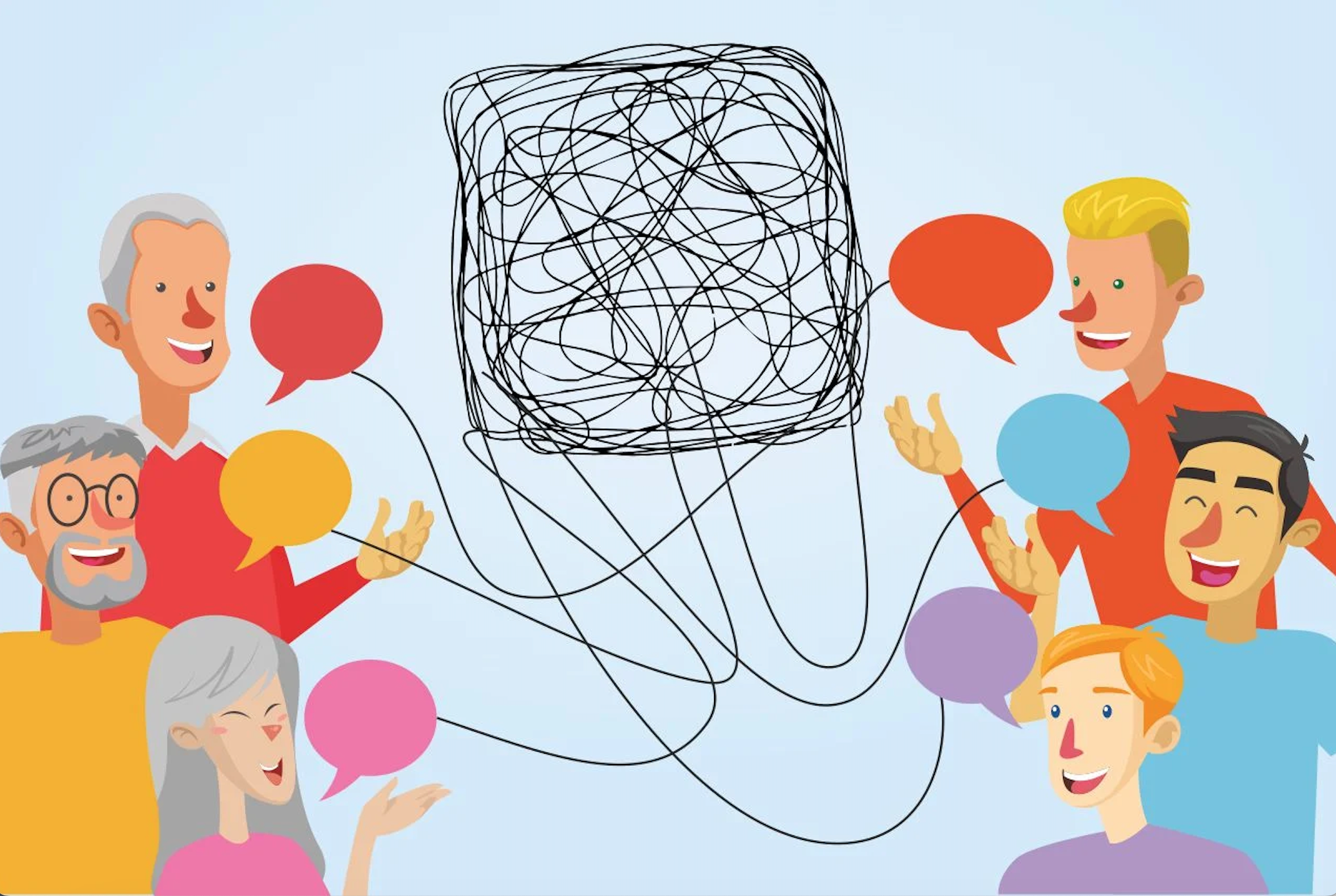Editor’s note: The Astana Times has introduced a new section on the website that features articles by our readers. As a platform that values diverse perspectives and meaningful conversations, we believe that this new section will serve as a space for our readers to share their thoughts and insights on various topics that matter to them and the AT audience.
Many are familiar with the famous song “Cats in the cradle” by Harry Chapin, which portrays the intergenerational gap. The old ballad depicts a situation whereby a father and a son failed to connect in their lifetime, representing a missed generation opportunity.

Photo credit: Igor Perlin.
The song’s lyrics—“when will you be home daddy?”, “I don’t know when, but we shall meet again,” and “you know it’s going to be a blast”—poignantly touch on those universal intergenerational communication issues and passage of time. Like the song, many people in Kazakhstan struggle with these lost links, emphasizing the importance of strenuous measures to narrow down the generation gap. In many ways, this song transcends cultures, reminding us of the importance of building bridges across age groups so we are not left looking back at squandered opportunities to understand each other.

Meruyert Zhuszhassarova.
Once, in the busy streets of Almaty, I witnessed a discussion between an old man and a teenager about the dynamics of Kazakhstan. The elderly man, recollecting the stability and simplicity of the Soviet period, contrasted with a youngster, equipped with a modern day handheld communicator, who preferred the excitement of the times they were currently living in. This exchange encapsulated a profound issue facing Kazakhstan today: the widening generation gap.
Kazakhstan is at a crossroad when it comes to its diverse culture. Older people remember the changes in their country, which started with the independence movement from the USSR in the 90s; and they stick to their old traditions and feelings. On the other hand, the young generation, which has its roots in an era of technology advancement and global linkages, demands progress and modernity. The cohesive development of Kazakhstan faces the challenge of a generation gap characterized by opposing values, views, and dreams.
However, the generation gap in Kazakhstan is more than a difference of views about technologies and lifestyles. This extends to fundamental views on governance, economy, and Kazakhstan’s place in the world. Young Kazakhs tend to adopt democratic principles, liberal ideologies, and global interdependence than their older counterparts who grew up under the communism era and the socialist regime.
This necessitates an open cross-generational dialogue, leading to a bridge. Forums should be established in schools and universities where the young and the elderly could exchange stories and ideas. Such forums would foster intercultural discussions that involve diverse voices from other generations. These meetings could be held in community centers, involving people of all ages in discussions on community issues. Promoting dialogue among ourselves will foster mutual appreciation and respect.
The bridge comes about as a result of education. Integration of syllabi directed towards Kazakhstan’s history, culture, and development of the young generation, as well as programs for adults on digital literacy, current events and issues related to future life will be mutually beneficial. Additionally, cross-generational bridging may be fostered by intercultural exchange initiatives that involve both older and younger Kazakhs in interchange of traditional/modern Kazakh art, music, and literature.
Kazakhstan’s economy should create opportunities for different age groups. Entrepreneurial and innovative initiatives involving the youth can be balanced with the older generation’s concerns for job creation, job security, and retirement benefits. Workplaces consisting of intergenerational activities can ensure that youths and adults interact, learn from, and appreciate each other’s existence.
Media representation is crucial. Programs on television, websites, and articles need to accurately depict both generations by not portraying them as stereotyped, providing a balanced mix of positive and realistic stories. The media can contribute by making success stories of intergenerational collaboration and understanding.
Therefore, the government should institute policies which favor both generations. Specifically, there should be a provision for healthcare targeted at the elderly with investments in youth’s technology and modern learning systems. Policies must seek to include every citizen regardless of age and ensure all views are heard.
During my visits to different regions of Kazakhstan, I met a family where three generations lived under one roof. Observing their interactions, I learned an important lesson: although they were different, they harbored mutual respect and the determination to learn from one another. Initially, the grandmother didn’t like or understand technologies but she learned to use a smartphone to keep in touch with her grandchildren. Similarly, the younger family members had a passion for the old Kazakh crafts, their own cooking techniques of national cuisine, and the language, which was taught by their elders.
To bridge the generation gap in Kazakhstan, it is necessary to foster dialogue, education, provide economic opportunities, offer balanced media representation, and supportive policies. This requires teamwork from individuals, communities, and the government. Kazakhstan has the capacity to harness strengths from both generations if only they will acknowledge their differences and areas of similarity, creating an equitable, unified future for today’s generation and those to come.
The author is Meruyert Zhuszhassarova, the Nazarbayev University Graduate School of Public Policy.
Disclaimer: The views and opinions expressed in this article are those of the author and do not necessarily reflect the position of The Astana Times.

